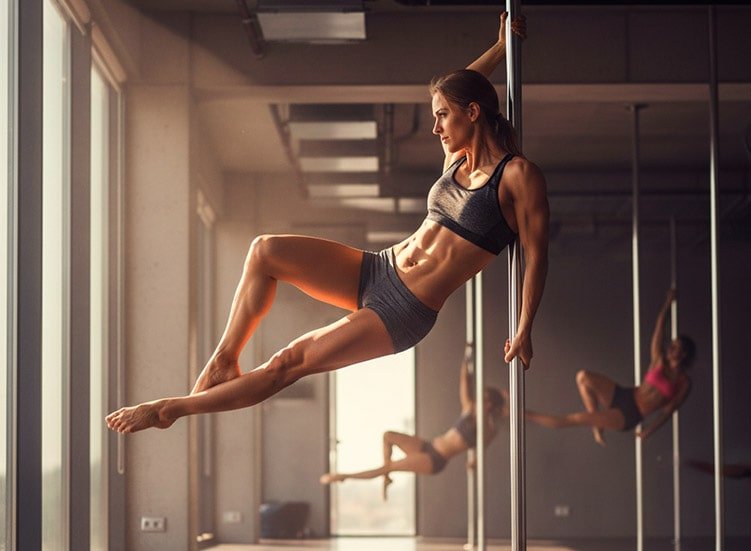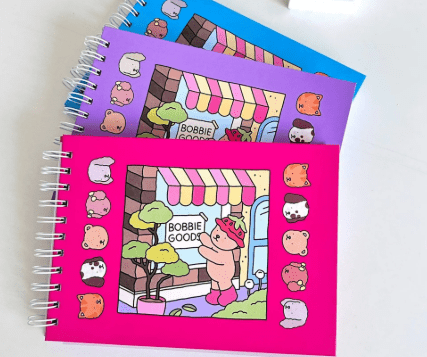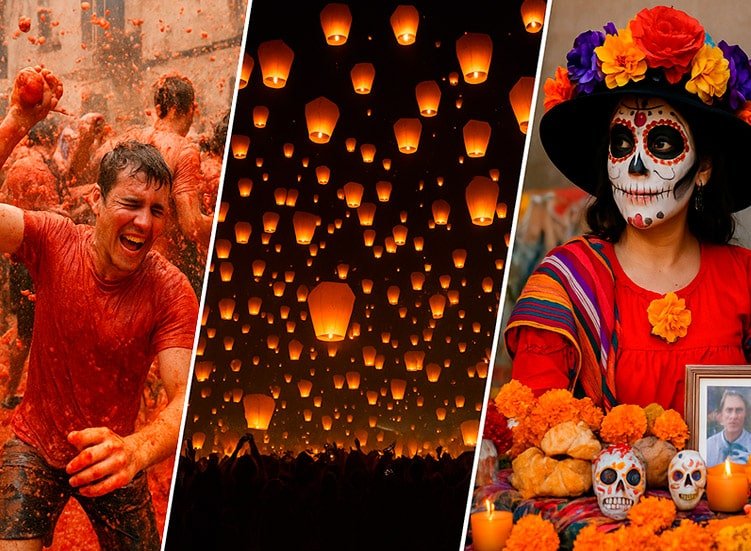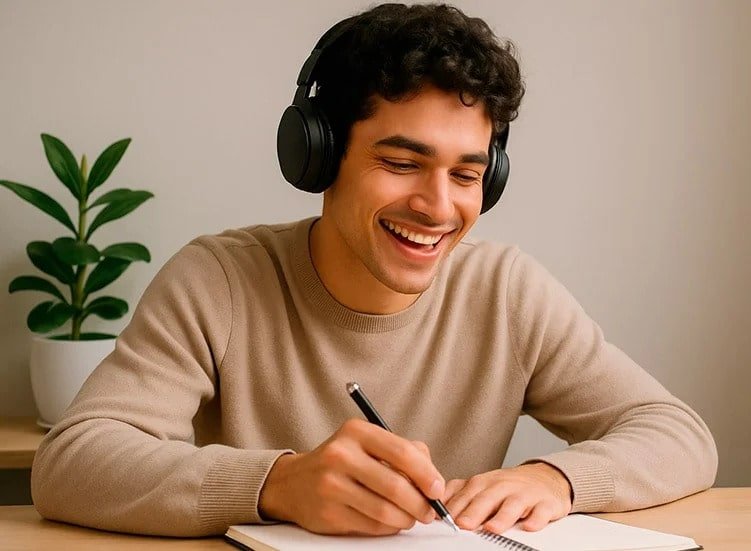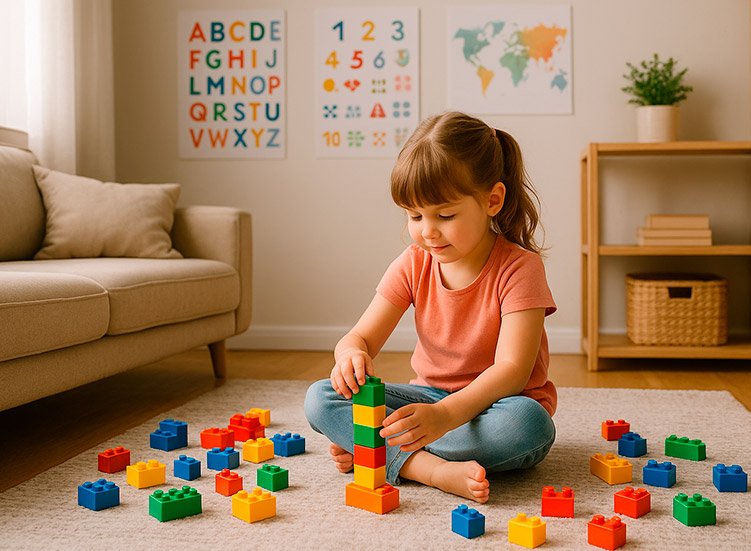We live in an age where screens dominate our time: cell phones, computers, TVs, and social media consume precious hours of the day. Although technology is useful, it’s essential to balance digital life with activities that stimulate the body, mind, and creativity. The creative hobbies go far beyond simple leisure.
They combine movement, artistic expression, socialization, and learning, becoming powerful tools for well-being and fun. In this guide, you will discover creative and sports activities, global trends, basic rules, and practical tips to incorporate these creative hobbies into your routine, making them accessible and enjoyable.
Why choose creative hobbies?
Practicing creative hobbies offers multiple benefits:
- Health and Wellness: Improves stamina, balance, and focus, in addition to reducing stress.
- Socialization: Many activities can be done in groups or pairs.
- Cultural and Intellectual Stimulus: Learning new practices broadens horizons and inspires new ideas.
- Accessibility: Many creative hobbies can be started with low investment and easily adapted to any routine.
- Fun and Enjoyment: The most important thing is that the hobby is motivating and rewarding.
Combining creativity, movement, and innovation, these creative hobbies transform free moments into enriching experiences.
Trending creative sports hobbies
1. Pole Fitness
Pole Fitness is a discipline that combines dance, gymnastics, and acrobatics centered around a vertical pole.
-
Origin and Context: It emerged from the fusion of ancient Indian gymnastics (Mallakhamb) and Chinese pole acrobatics. It was popularized in the West from the 90s onwards as a sport and an artistic form of fitness.
- Evolution into fitness (90s and 2000s): Starting in the 90s, pole dance began to be taught outside of strip clubs, with instructors like Fawnia Mondey and Sheila Kelley popularizing it as a form of fitness and art. Since then, it has evolved into a recognized sport, with efforts for inclusion in the Olympic Games.
-
How to practice: Pole Fitness is practiced in specialized studios with metal poles that can be static (fixed) or rotating (spinning). It involves performing spins, climbs, and static/inverted holds on the pole, requiring the use of body strength and skin grip.
-
Why practice: It’s a full-body workout that intensely develops core and upper body strength, improves flexibility, and is known for boosting self-esteem and body awareness.
2. Footvolley (Futevôlei)
- Origin and Context: Created in Brazil in the 1960s, it combines soccer and volleyball.
- Basic Rules: Only the feet, head, shoulders, and chest are used to pass the ball over the net. Teams of two players compete in fast-paced matches.
- Current Trend: Steadily growing popularity on US and European beaches, with regional tournaments and international events gaining traction.
- Why Practice: Develops coordination, stamina, and social interaction, making it a highly **creative hobby**.
- Equipment Needed: Dedicated ball and net. Click here to see options on Amazon!
3. Pickleball
- Origin and Context: Created in the US in 1965 as a family sport, mixing tennis, badminton, and ping pong.
- Basic Rules: Players use short paddles to hit a plastic ball over a net on a reduced court. The first to reach the established score wins.
- Current Trend: An explosion in popularity across the US and Europe, with clubs and championships for all ages.
- Why Practice: Easy to learn, fun, and great for socialization and recreational competition—a fantastic addition to creative hobbies lists.
- Equipment Needed: Paddles and net. Click here to see options on Amazon!
4. Spikeball (or Roundnet)
- Origin and Context: Created in the US in the 1980s, recently popularized across social media.
- Basic Rules: Two teams of two players hit the ball onto a small, round net, trying to prevent the opponent from returning it.
- Current Trend: Popular on beaches, parks, and universities; with dedicated US championships.
- Why Practice: Dynamic, fast-paced, and excellent for improving agility and coordination.
- Equipment Needed: Spikeball set. Click here to see options on Amazon!
5. Slackline
- Origin and Context: A practice emerging from 1980s mountaineering for balance training.
- Basic Rules: Walking or performing acrobatics on a tensioned flat webbing between two fixed points.
- Current Trend: A popular urban and adventure sports activity; with global championships for longline and tricklining.
- Why Practice: Strengthens core muscles, improves focus, and promotes connection with nature.
- Equipment Needed: Slackline kit. Click here to see options on Amazon!
6. Stand-Up Paddle (SUP)
- Context: Paddling while standing on a board.
- Why Practice: Combines a light core and balance workout with the connection with nature (rivers, lakes, ocean). It is a meditative and physical activity.
- Equipment Needed: Board and Paddle. Click here to see options on Amazon!
7. Bouldering (Indoor Rock Climbing) (Adventure for Adrenaline Seekers)
- Context: A type of climbing practiced on low walls without safety ropes, relying only on crash pads.
- Why Practice: Requires intense physical strength, but also problem-solving (finding the best path to the top), which makes it “vertical chess.”
- Trend: Growth of indoor gyms in major cities across the US and Europe, making it highly accessible.
8. Beach tennis
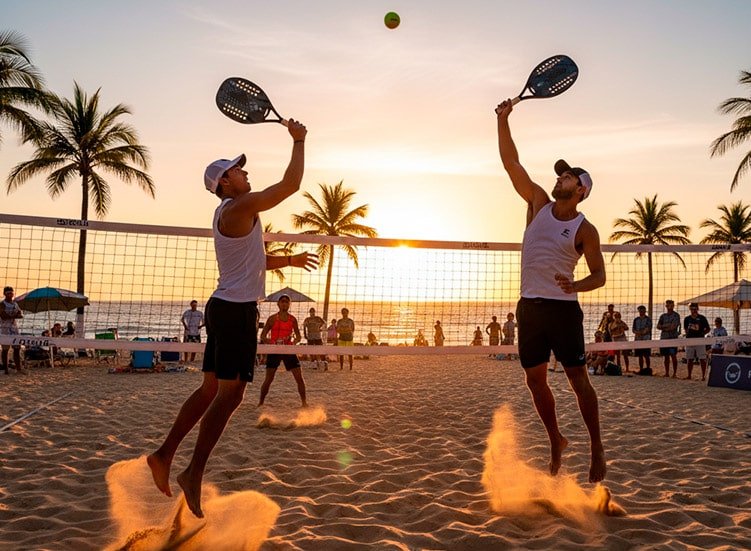
- Origin and context: Created in Italy in the 1980s as an adaptation of tennis for beaches.
- Basic rules: Similar to tennis, played on smaller sand courts, with lightweight paddles (or racquets) and a specific ball. The first to reach the point goal wins, and the ball cannot touch the sand within the opponent’s court.
- Current trend: Popular in the US (especially Florida and California), Europe, and South America, with national and international championships.
- Why practice: Excellent cardiovascular, social, and accessible exercise for all ages.
- Equipment needed: Beach Tennis paddle/racquet. Click here to see options on Amazon!
Creative hobbies in arts and culture
9. Urban dance and fitness
- Origin and context: K-pop dance, Zumba, Afrobeat, and hip hop are global trends that unite physical exercise with artistic expression.
- How to practice: In-person or online classes, group, or solo choreography.
- Why practice: Improves fitness, coordination, and socialization, in addition to stimulating creativity.
10. Outdoor photography
- Origin and context: A classic **creative hobby** modernized with digital cameras and smartphones.
- How to practice: Explore parks, trails, or urban environments, capturing creative images of landscapes and people.
- Why practice: Combines light physical exercise, creativity, and attention to detail.
11. Urban and sustainable gardening

Cultivating plants in urban environments, such as vertical gardens or small apartment gardens, has become a common practice among the best creative hobbies. Beyond promoting contact with nature, urban gardening contributes to sustainability and well-being. This trend is frequently shared on social media, with tips on growing plants and organizing green spaces.
12. Experimental cooking
- Origin and context: Grew with gastronomy shows and challenges on social media.
- How to practice: Testing different recipes, international techniques, and creative presentations.
- Why practice: Develops patience, creativity, and global culture, besides being enjoyable and social.
13. Modern crafting / DIY (Do It Yourself)
- Origin and context: Revitalized by online tutorials and platforms like Pinterest and Etsy.
- How to practice: Working with wood, resin, fabrics, or recycled materials to create unique objects.
- Why practice: Stimulates the mind, promotes relaxation, and allows you to create decorative objects or personalized gifts.
14. Creative collage and junk journaling
The practice of collage, also known as junk journaling, involves creating personalized journals or notebooks using magazine cutouts, tickets, photos, and other materials. It is an accessible and therapeutic form of artistic expression, allowing the creation of unique and personal pieces. This trend has been gaining popularity on Instagram and Pinterest, with several profiles sharing tutorials and inspiration.
15. Painting and coloring as therapy
Painting and using adult coloring books have been adopted as forms of self-care and relaxation. These activities help reduce stress and stimulate creativity. Coloring books like the famous ones from Bobbie Goods (click here to see), or those with sophisticated themes and rich details, have been popular, providing an experience of artistic immersion.
16. Mindfulness practices
Activities like yoga, meditation, and tai chi have become widespread as ways to promote mental and physical health. These practices help reduce stress, improve concentration, and promote general well-being. Many people share their experiences and routines in these areas on social media, encouraging others to adopt these creative hobbies.
17. Craftsmanship and handmade items
Techniques like embroidery, crochet, sewing, and ceramics are trending, with many people seeking creative and therapeutic ways to express themselves. These activities allow the creation of personalized and unique pieces, in addition to providing a sense of accomplishment and authenticity. Social media profiles share tutorials and inspiration, making these creative hobbies more accessible.
The wise connection: The screen paradox, how to use technology in your favor while practicing creative hobbies
To avoid making technology seem like a complete enemy when starting off-screen creative hobbies, you should use it as a support tool for your interests. For example:
1. Online communities and mentorship
It’s possible to learn a new skill (e.g., crochet, basic carpentry) with high-quality tutorials on YouTube and Skillshare, minimizing screen time only for practical learning and focusing on hands-on execution.
2. Meditation and tracking apps
- Use apps like Headspace or Calm to guide meditation and mindfulness.
- Use apps like Strava or Nike Run Club to log sports progress. The screen becomes a tool for motivation, not distraction.
3. Pattern creation tools for creative hobbies
For crafts (e.g., cross-stitch, knitting), use design apps that transform photos into patterns. The screen assists in the planning phase, freeing the mind for execution.
How to choose the ideal creative hobbies
- Define Your Goal: Relaxation, artistic expression, physical fitness, or socialization.
- Assess Available Space: Parks, beaches, backyard, gym, or home.
- Consider the Investment: Some creative hobbies only require motivation; others may need equipment or courses.
- Test Before Committing: Participate in trial classes or short training sessions.
- Combine Hobbies: Mix sports with creativity, such as beach tennis + photography or slackline + outdoor crafting.
❓ FAQ Frequently asked questions about creative hobbies
Pickleball is often cited as the easiest to learn, as it has a smaller court and simple rules, making it ideal for beginners of all ages. Urban Gardening is also a great, low-impact physical option.
Slackline and Bouldering (Indoor Rock Climbing) demand a high level of focus, as they are like “vertical chess.” Among the creative arts, Handmade Ceramics and Junk Journaling require great attention to detail.
No. Urban Dance (Hip Hop, K-Pop) can be practiced at home with online videos and a clear space. Experimental Cooking uses your existing kitchen and basic utensils, focusing on recipe creativity.
Look for “Groups” or local courts and associations on social media (Facebook, Meetup, WhatsApp groups). Most sand courts or beaches have open communities that welcome new players for recreational matches.
Yes. These manual activities focus your attention on a repetitive and detailed task, activating the same part of the brain involved in Meditation (Mindfulness). This interrupts the cycle of racing thoughts and helps reduce anxiety.
Use technology as a support tool: fitness tracking apps (Strava) for sports, or tutorials (YouTube/Skillshare) to learn crafting. Turn off notifications and only use the screen for the purpose of the hobby itself.
Yes. Sports like Beach Tennis and Pickleball can be practiced recreationally, but they also have many championships and even leagues; both have national and international tournaments.
Yes. For example, beach tennis + photography, slackline + gardening, or fitness dance + DIY crafting.
Conclusion on creative hobbies
Creative hobbies are not just pastimes; they are ways to care for the mind, body, and creativity. From beach sports like Beach Tennis and Footvolley, to urban or indoor activities such as fitness dances, photography, or gardening, there are options for every taste and lifestyle.
The essential thing is to experiment, mix, and adapt these practices to your daily life. A hobby should be enjoyable and motivating, not competitive.
👉 Start today by choosing a creative hobby and transform your free moments into enriching experiences.
If you want to know more about other types of interesting and creative sports hobbies, we suggest reading our other article: Weird Sport, discover 12 that exist and are taken seriously!
Click here for more content on Sports & Leisure.

